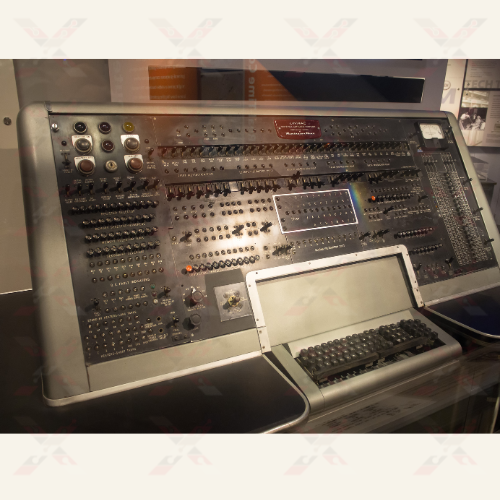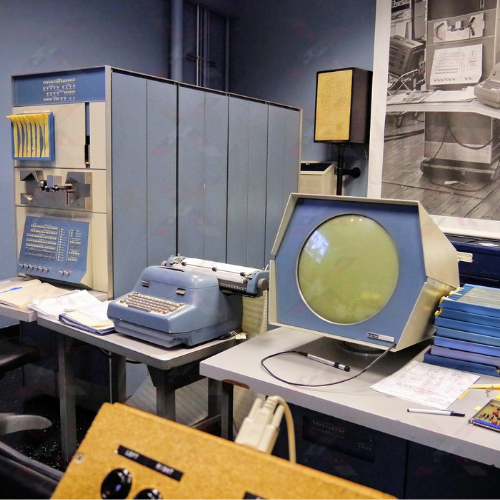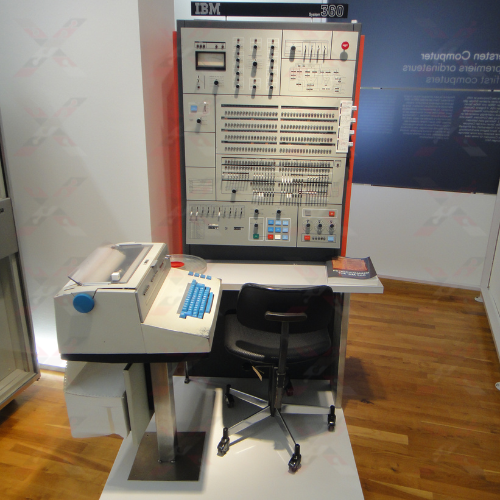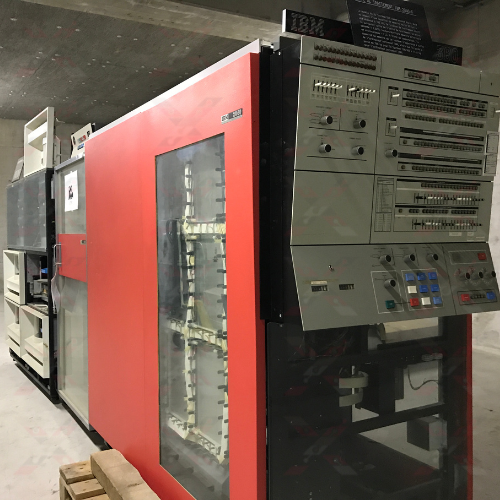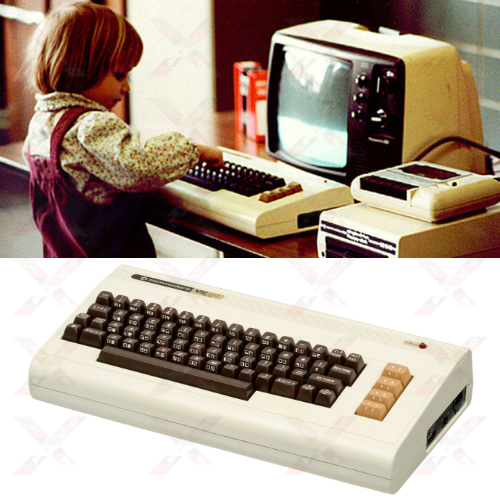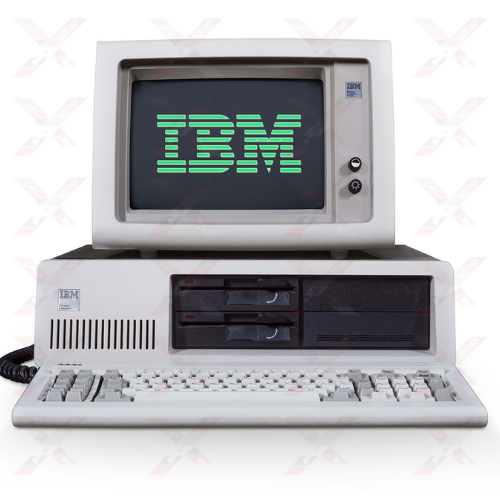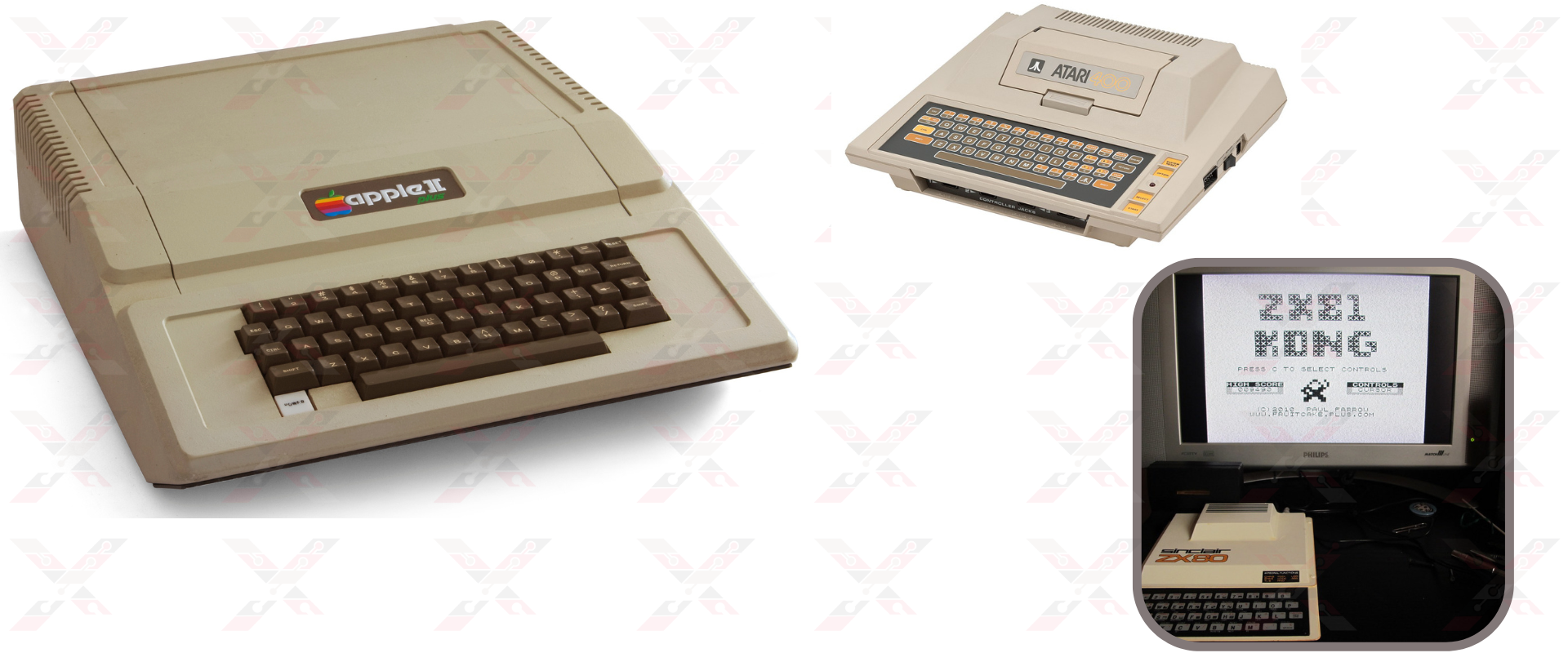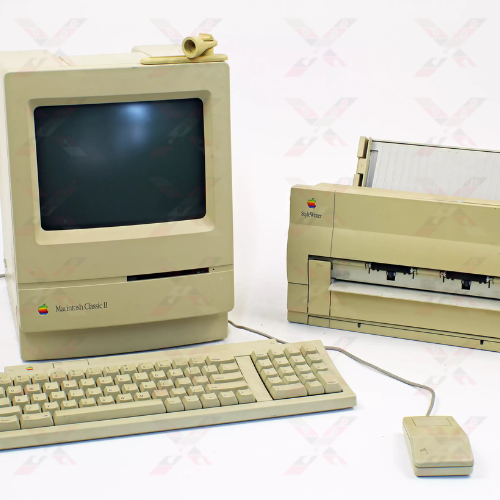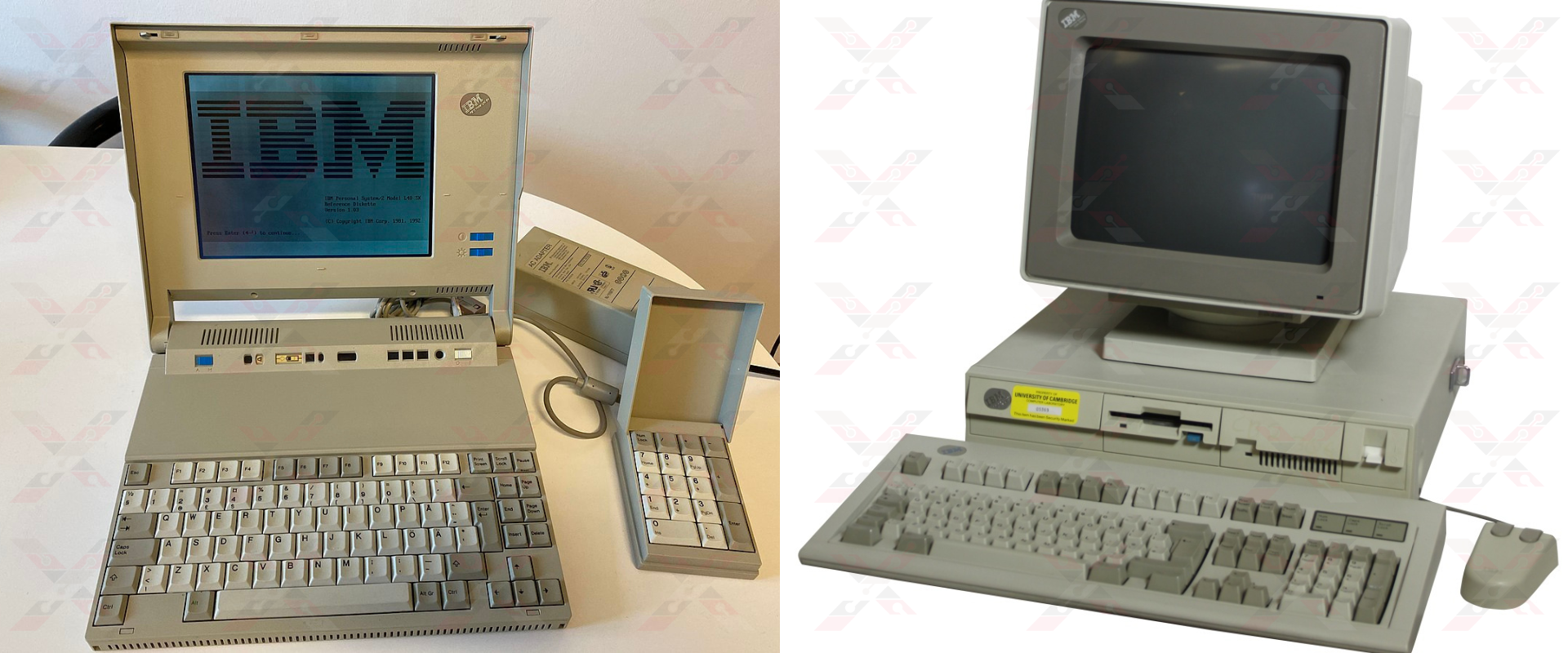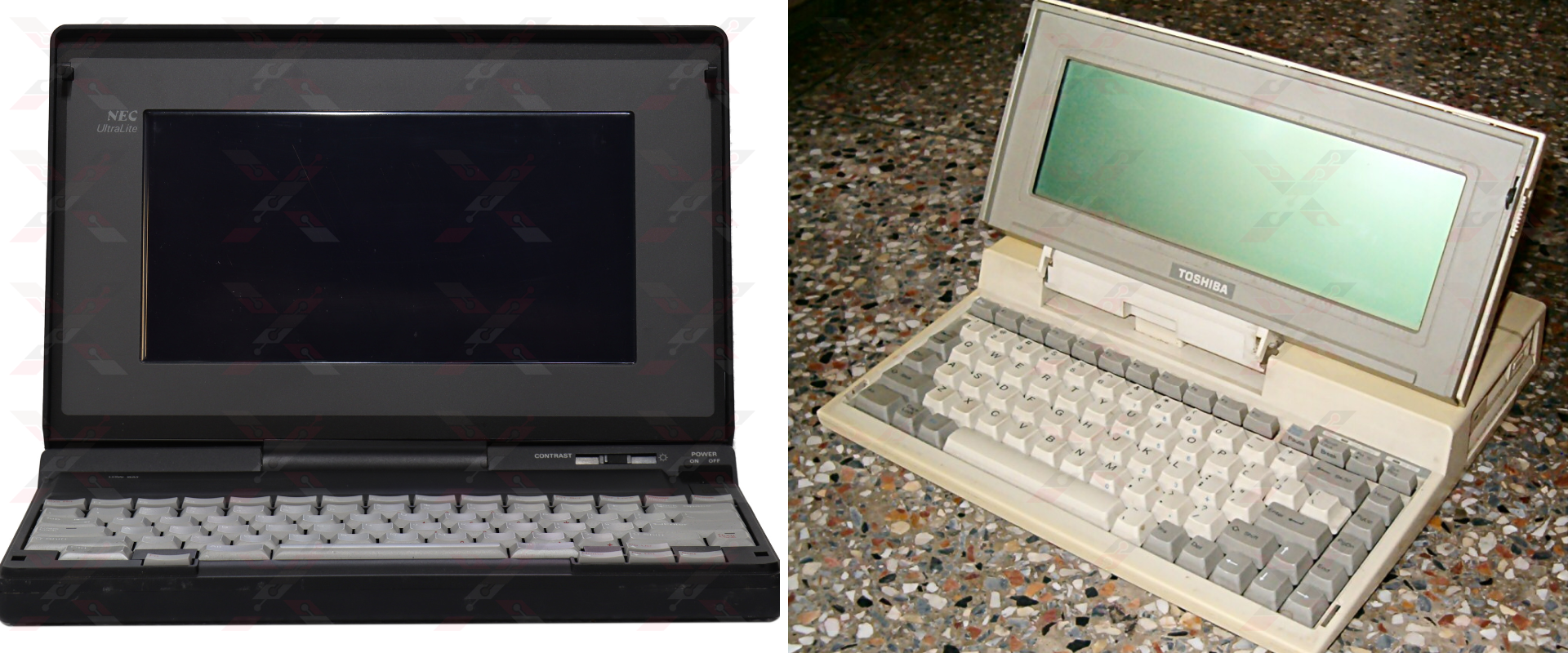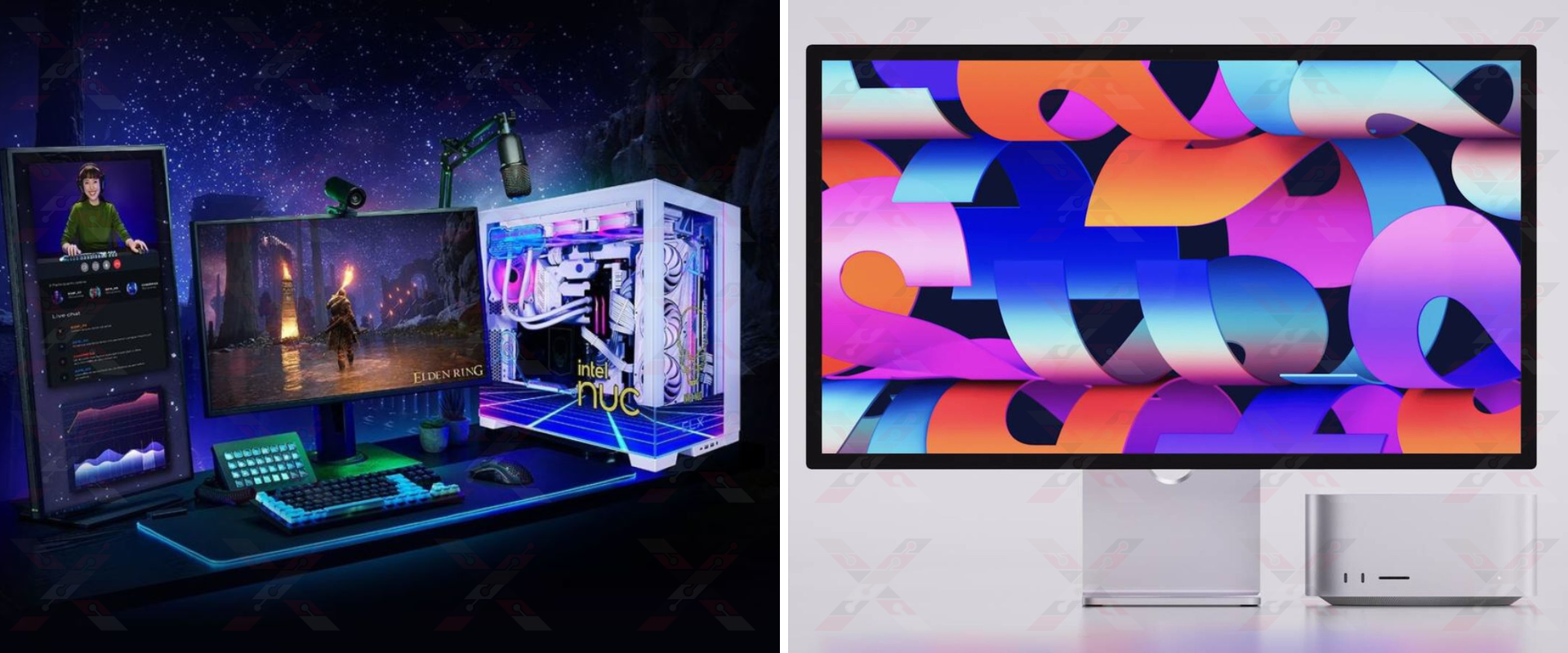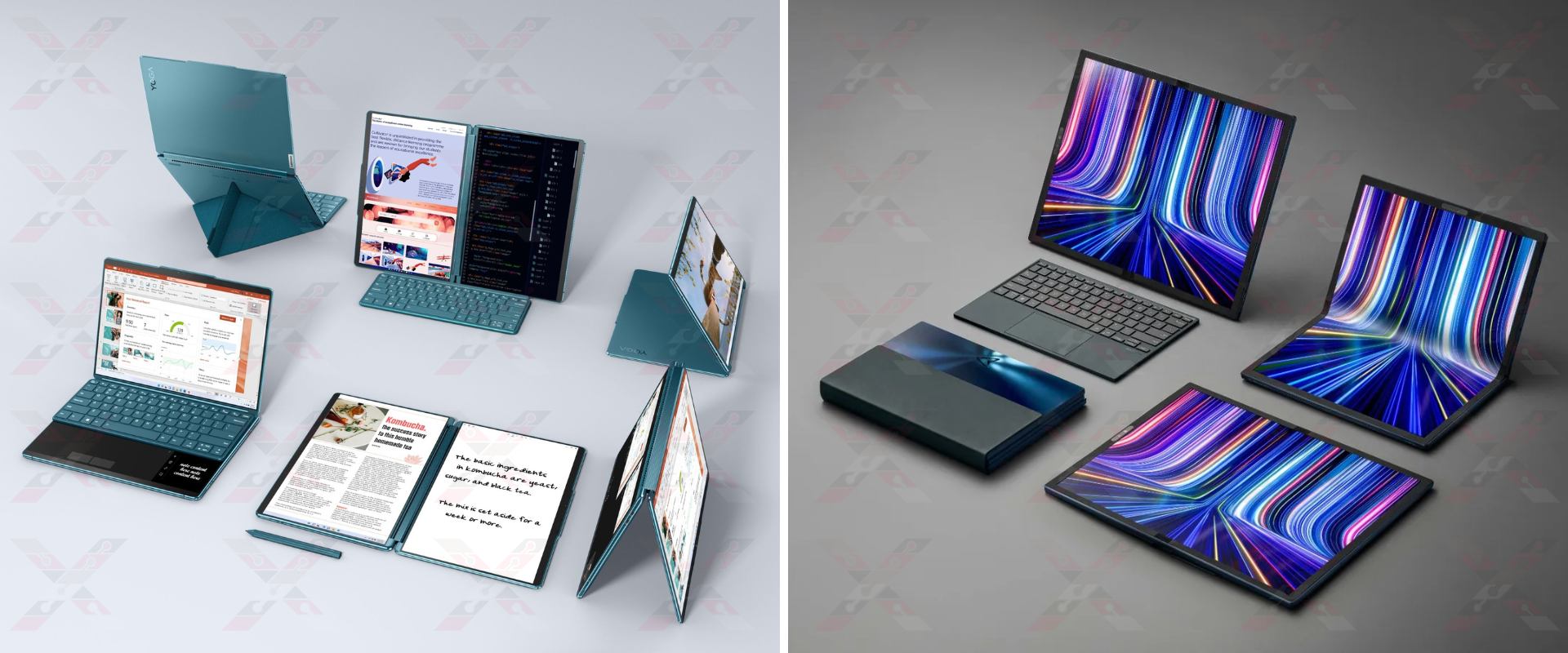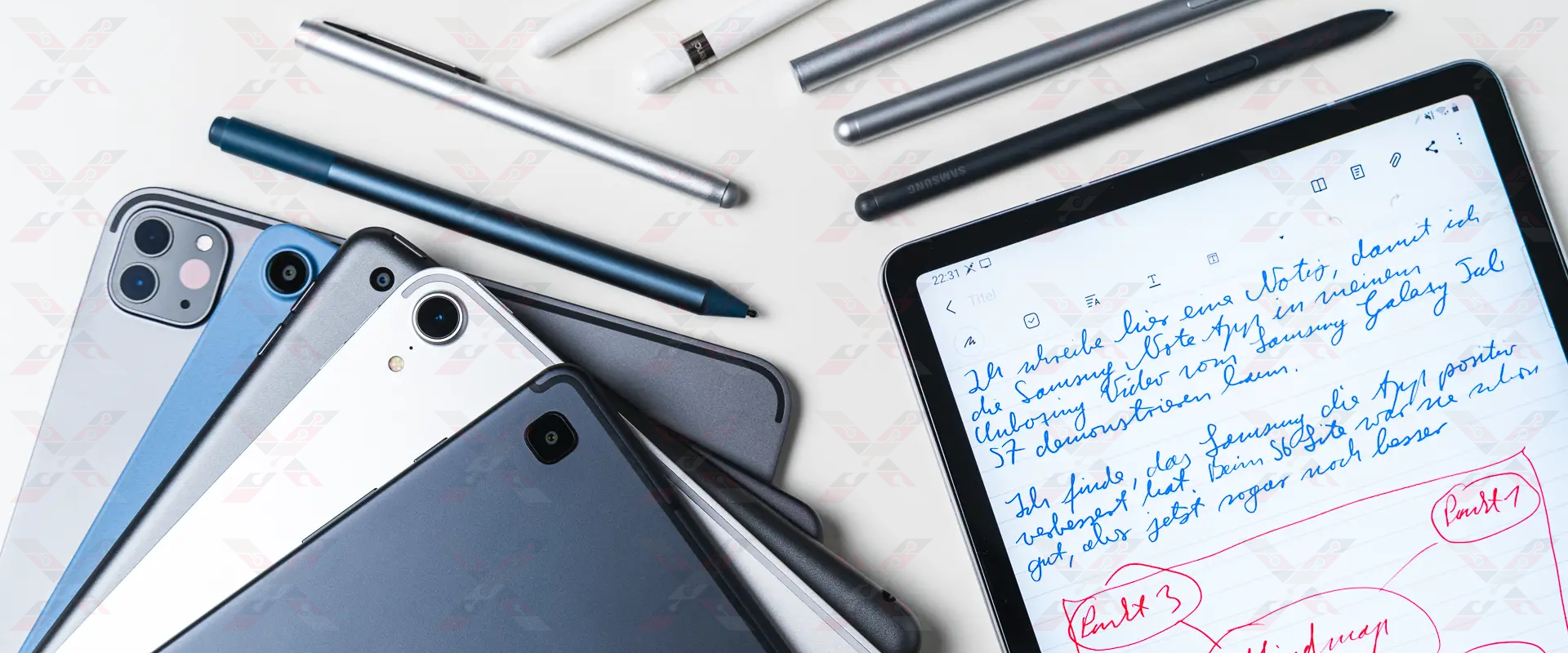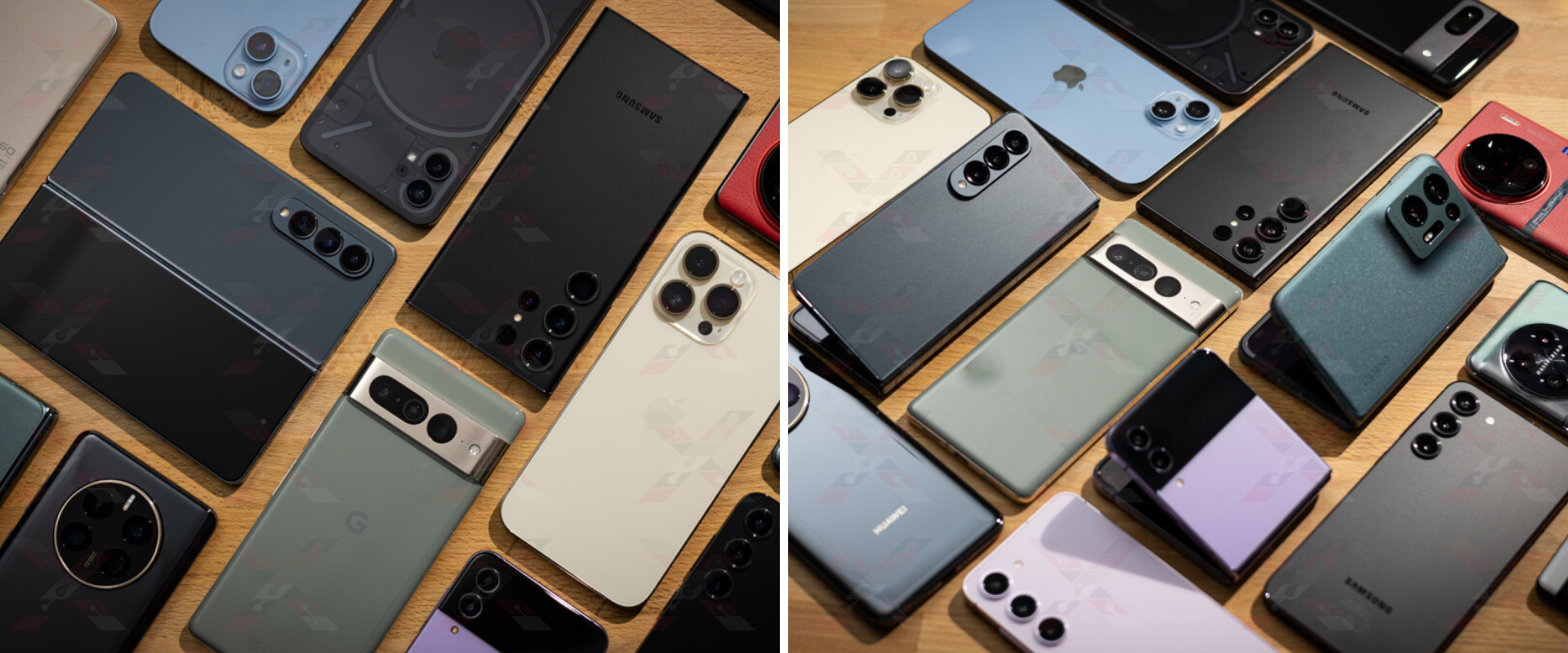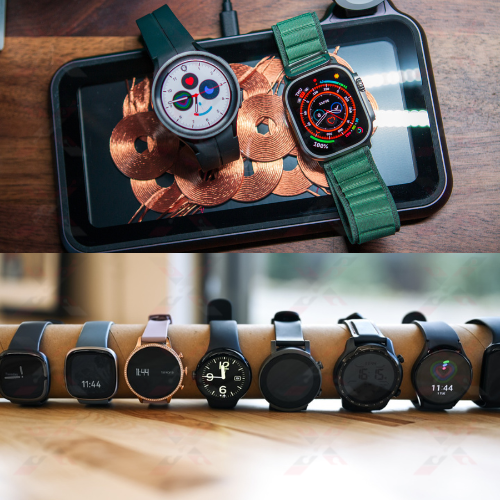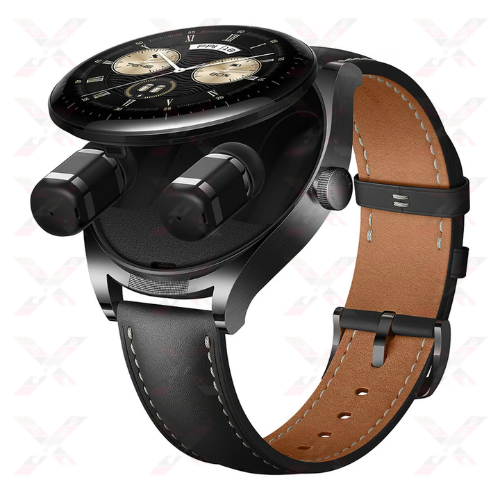1822s: Charles Babbage invented the first fully automatic calculator (the Analytical Engine).
1937s: The first computer to use binary numbers (0 and 1) for representation and calculation.
1946s: John von Neumann invented the first electronic digital computer.
1951s: The first general-purpose electronic digital computer design was developed for business applications.
1960s and 1970s: The first microprocessors and modern programming languages were developed.
1980s: The emergence of personal computers.
1990s: The development of the Internet and web technology.
2000s: Computers evolved into more powerful and versatile devices.
Programming: ABC was a non-programmable computer, while ENIAC was a programmable computer.
Size: ABC was a relatively small computer, while ENIAC was a very large computer.
Speed: ABC was a much slower computer than ENIAC.
Completion: ABC was never fully completed, while ENIAC was.
Weight: 13 tons
Area: 35 square meters
Cost: $1.2 million
Applications: Data analysis, weather forecasting, nuclear weapons development
Uses transistor technology instead of vacuum tubes, which makes it more reliable and smaller.
Has 4 kilobytes of RAM (36 bits per word).
Has a 200 kilobyte magnetic disk drive.
Uses a graphic display, which makes it possible for scientists and engineers to use the computer to interact with data in new ways.
Has 5 kilobytes of RAM.
Has a 500 kilobyte cassette drive.
Uses a color display with a resolution of 176 x 184 pixels.
It has a 65-key keyboard.
It has 1 MB of RAM.
It has an 800 KB floppy drive.
It uses a black and white display with a resolution of 512 x 342 pixels.
It has an 85-key keyboard.
Small size and weight: Computers have become smaller and more comfortable to carry. This is due to the development of new technologies, such as micro-semiconductor technology and nanotechnology.
Power and performance: Computers have become more powerful and faster. This is due to the development of new technologies, such as multi-core processors and high-speed dynamic random access memory (RAM).
Energy efficiency: Computers have become more energy efficient. This is due to the development of new technologies, such as low-voltage semiconductor technology.
Variety: New types of computers have emerged, such as mobile devices and wearable devices. These devices feature innovative designs and new functions.
Desktop computers: Desktop computers remain the most popular type of computer. These devices feature powerful performance and comprehensive functions.
Laptops: Laptops have become more popular, becoming smaller, more powerful, and more energy efficient.
Tablets: Tablets have become popular for entertainment and productivity. These devices feature lightweight designs and easy-to-use user interfaces.
Smartphones: Smartphones have become popular for communication and accessing the Internet. These devices feature compact designs and powerful capabilities.
Wearable devices: Wearable devices have become popular for tracking activity and health. These devices feature small, lightweight designs.
x
In this article, we will talk about the history of the computer and its developments until it reached the world of technology that made the world one digital place.
The computer is an electronic device that can store, process, and output information quickly and accurately. The computer is considered one of the most important inventions in human history, as it has radically changed people's lives, the way they work, learn, and communicate. In this introduction, we will review the history of the computer from its inception to its modern developments in the world of technology.
:Here are some major stations in computer history
"The first fully automated calculator, which was called the "analytical machine"
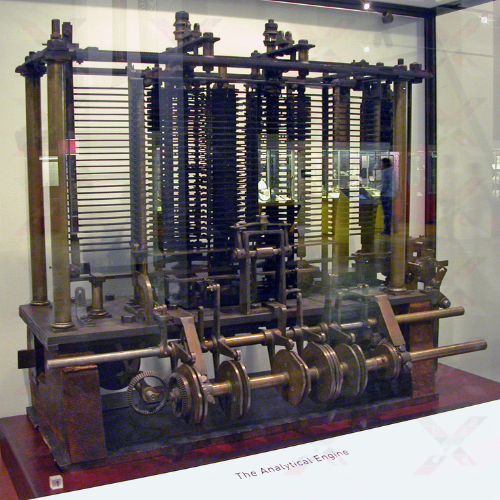
1642 AD The history of computers extends back to ancient times, when humans began using machines to perform mathematical tasks. In 1642, there was an error in some sources that stated that Charles Babbage invented the Analytical Engine in 1642. This error is due to the fact that there was an automatic calculator that was invented in 1642 by the French scientist Blaise Pascal. This calculator was fully automatic, and was able to perform addition and subtraction operations.
The British scientist Charles Babbage developed the first fully automatic calculator, which was called the "Analytical Engine". The Analytical Engine was never completed, but it was an important step in the development of computers.
The truth is that Charles Babbage did not invent the Analytical Engine in 1642. Charles Babbage was born in 1791, and began working on the Analytical Engine in 1822.
Charles Babbage is known as the "Father of the Computer" for his design of the Analytical Engine. The Analytical Engine was a fully automatic calculating machine, capable of performing a variety of arithmetic operations, including multiplication, division, integration, and differentiation. However, the Analytical Engine was never completed, and was never built. Although it was never used, its idea was the basis for the invention of the computer.
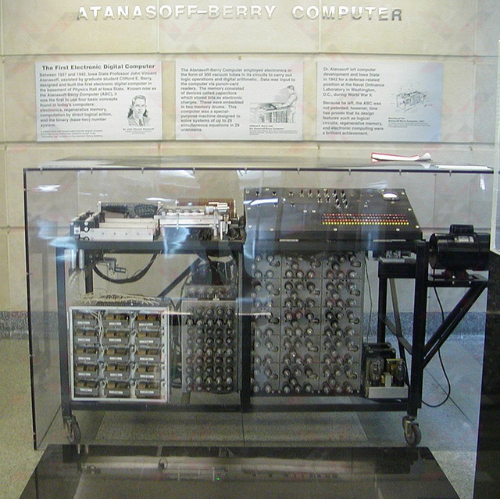
The ABC is considered the first electronic digital computer. It was built at Iowa State University between 1937 and 1942 by John Atanasoff and Clifford Perry. The ABC was an experimental computer and was never fully completed, but it was the first computer to use binary numbers (0 and 1) for representation and computation.
The ENIAC was completed in 1944, and was the first programmable electronic digital computer. It was built at the University of Pennsylvania by John Mauchly and J. Presper Eckert. The ENIAC was a very large computer, weighing 30 tons and occupying 167 square meters. It was equipped with 17,468 vacuum tubes, and was capable of performing 5,000 calculations per second.
In general, the ABC is considered the first electronic digital computer, while the ENIAC is considered the first programmable electronic digital computer. The ENIAC was a more advanced computer than the ABC, as it was faster, larger, and easier to use.
Which is more important?
Both ABC and ENIAC are important in the history of computers. ABC was the first computer to use binary numbers (0 and 1) for representation and calculation, and ENIAC was the first programmable electronic digital computer. ENIAC had a greater impact on the development of computers, as it was a more advanced and easier to use computer. However, ABC is still important because it was the first computer to use binary numbers, which is the basis on which all modern computers operate.
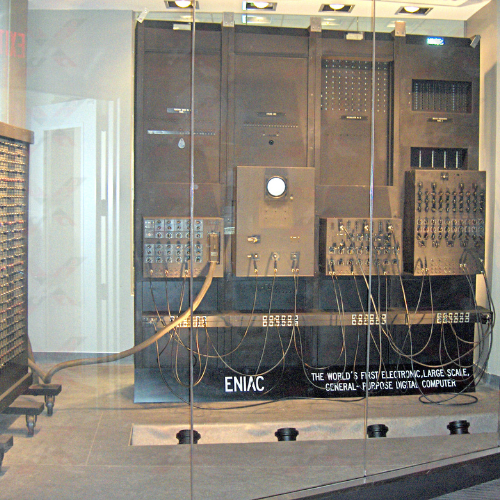
In 1946, John Mauchly and J. Presper Eckert invented the first programmable electronic digital computer, the ENIAC. The ENIAC was bulky and expensive, but it was capable of performing calculations much faster and more efficiently than previous machines.
The invention of the first electronic digital computer is credited to American scientist John Atanasoff and his assistant Clifford Berry. In 1937, they began building an electronic computing device from scratch, now known as the ABC. It was a specialized device designed to solve systems of linear equations, and was the first computer to use electronic switching and magnetic cylinder memory.
In 1946, John von Neumann sued Atanasoff and Berry, claiming that they had stolen their own device designs from the ENIAC, an electronic digital computer built at the University of Pennsylvania during World War II. However, in 1973, a federal court ruled that the ENIAC did not infringe Atanasoff and Berry's patents.
Although ENIAC was the first general purpose electronic digital computer, ABC was the first computer to use electronic switching and magnetic cylinder memory, two technologies still used in modern computers. Therefore, John Atanasoff is credited as the inventor of the first electronic digital computer.
Difference between ABC and ENIAC:
The first general purpose electronic digital computer design for business applications was called "UNIVAC I" (Universal Automatic Computer I)



